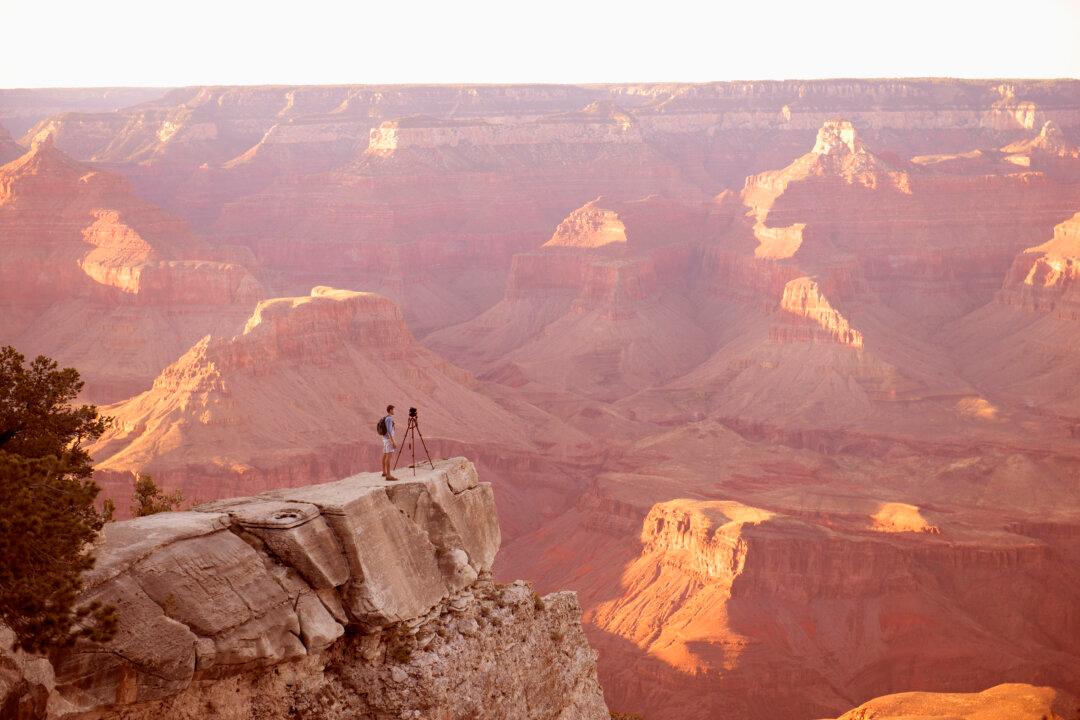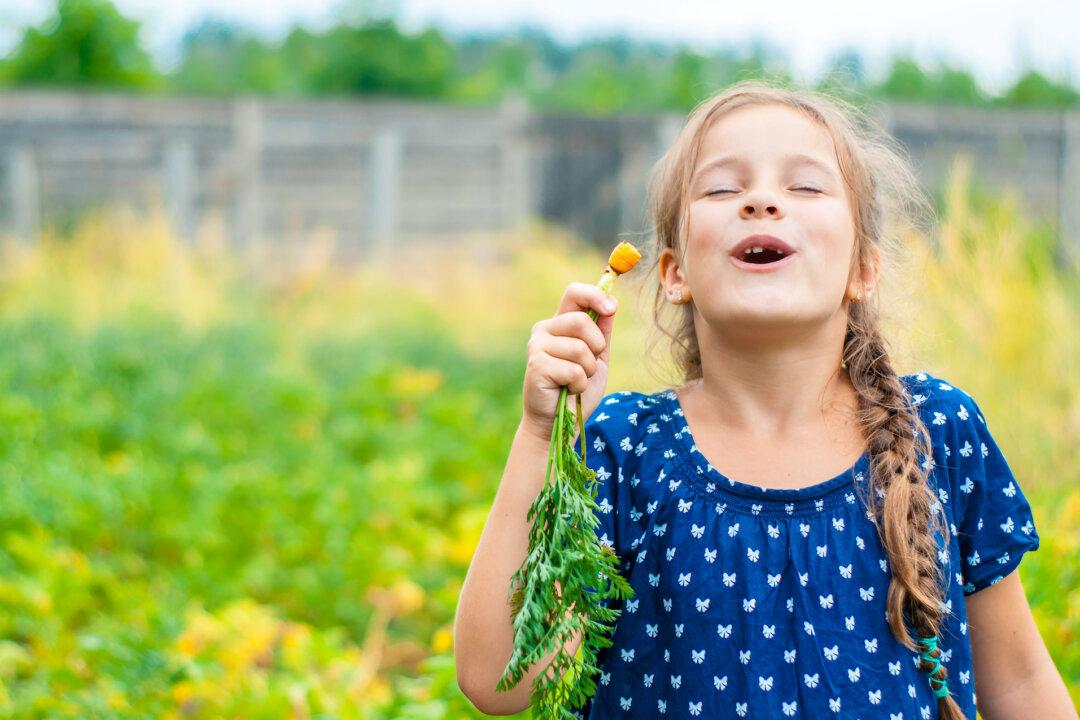I came all the way to Alaska in the dead of winter to take a picture.
It’s a long way to go for a snapshot—1,528 miles—but it’s one heck of an image, one I’ll use the rest of my life to win dinner bets. And it’s only the second-most popular Fairbanks midwinter photo.
First, of course, is the Northern Lights: banners of green, gold, persimmon, and pear arching across the indigo sky like rainbow bands blown loose in cosmic winds. Cameras click constantly in central Alaska all winter to capture nature’s art above.
My picture, which I might call “Shock and Awe,” shows me standing beside the famous University of Alaska Fairbanks temperature sign. The sign says minus 32 degrees F, I’m grinning happily, and my mother would be aghast because I’m not wearing a hat. No need, Mom.

Northern Lights

Embracing deep cold is just one reward for a Fairbanks trip in midwinter. Yes, you will see the Northern Lights; I’ve been to Alaska’s sub-Arctic a half-dozen times in winter and have never not seen the aurora. The only possible description is “mind-boggling.” But thousands of visitors travel north just for that one reason, not knowing there are literally dozens of marvelous things to do here when the snow is knee-high, the temp is below zero, and summertime’s heavy-laden tourist buses are parked in the garage.
One time, when I brought my wife Nicole north for aurora viewing, I wound up catching supper—land-locked kokanee salmon—for six fellow travelers through the ice on a minus 10 degree evening. It was a very pleasant dinner, too: Tour guide Reinhard Neuhauser, owner of Alaska Fishing & Rafting Adventures, cooked the salmon on the woodstove in his purpose-built ice-fishing shack on Chena Lake, and everyone dashed outside, cameras in hand, when the aurora appeared around 7 p.m. Then, back in the warmth for supper.
Sliding in Style
Another time, I spent a half-day skiing at a charming local hill that uses school buses for ski lifts. Why? Well, no doubt the capital costs are light-years less than installing chairlifts on steep slopes. And, well, even though it’s a dry cold, it is cold. School buses have marvelous devices called “heaters” which thaw toes and fingertips, which riding a chairlift at minus 20 would not. The comfort and novelty of the whole experience is such that I doubt Moose Mountain will ever seriously consider an on-slope lift, even if their fairy godmother dropped the gear in the parking lot.
So you warm up, relax, and jest as the bus chugs uphill.
“No kissing, now, or I’ll call teacher!”
“I’m in trouble tomorrow, the dog ate my homework.”
“Mom, I can’t go to school today, it’s too cold.”
Biking and Snowshoeing

I’ve ridden a bike through ivory birch woods in bright, warm sun. Fairbanks partisans claim these fat-tire snow bikes were invented here, and embrace the sport so thoroughly they conduct hundred-mile midwinter races through mountain wilderness. I recommend against that, but an afternoon on a sunny March day pedaling by riverside woods is divine.
“Actually, we couldn’t be here in the summer,” tour guide Jeff Gilmore tells me. “It’s too wet.” Not wet now; the snow sparkles beneath a cornflower sky, and cottonwood knuckles shed ice fingers in the sun.
Hot Springs

Last, but definitely not least, I soaked in a 105-degree hot spring on a 10-below evening. Mist rose around me like battlefield smoke, shifting and screening so the stars above did a ghost dance. The contrast between subzero air and hot-bath water is bracing. If you are very lucky, the aurora will appear, dancing in the fog, while you’re in the hot pool—an experience available only a few places on this entire planet.
“Will wet hair snap off if it freezes?” bathers ask. The answer is no, but you can make amazing Mohawk spikes with it.
Exotic as that is, the aesthetic experience at Chena Hot Springs allows one to refine the picture of winter travel in the Alaska Interior. Yes, a visit here brings a dozen fun things to do, and another dozen experiences from which you can tell tall tales back home. More than that, it focuses one’s perspective on the overall sensory value of the world we live in. Snow, woods, sun, sky, ice, air, water, mist—it’s all so magnified that after a few days, you might take time to notice the tiny chickadees waltzing through the trees at Creamer’s Field Migratory Waterfowl Refuge. Notice, and wonder: How on earth do these little birds survive for months below zero?
Back to my minus 32 degree picture. By Fairbanks standards, that’s middling at best. The all-time record low is 66 below. Fairbanks friends of mine well remember a minus 62 morning about 20 years back. Some travelers make their way here in midwinter hoping only that they can be there for 50 below, or more, as if deep cold was collectible like some sort of postage stamp.
I’m happy with my 32 below, not because it is so statistically memorable, but because it was a very fine day. The sun shone then, too. The breeze was light and the sky sapphire. Ravens called in the woods nearby. Light sparkled and the dense air filled my lungs, as rich and clean as any I’ve ever breathed.





